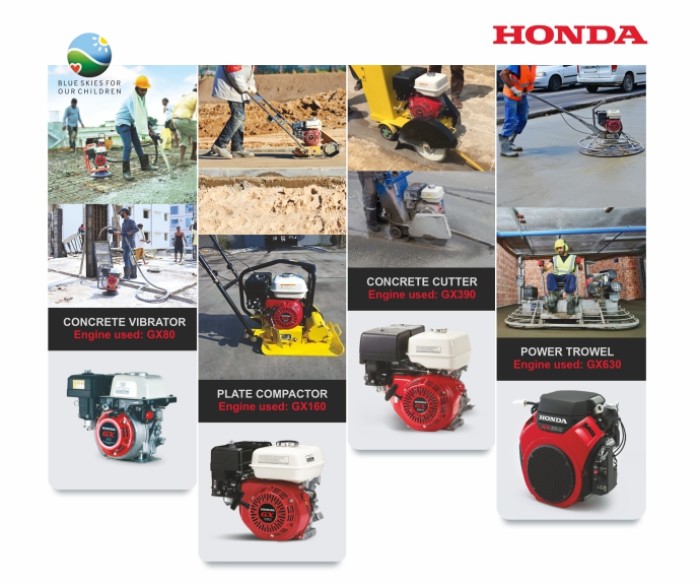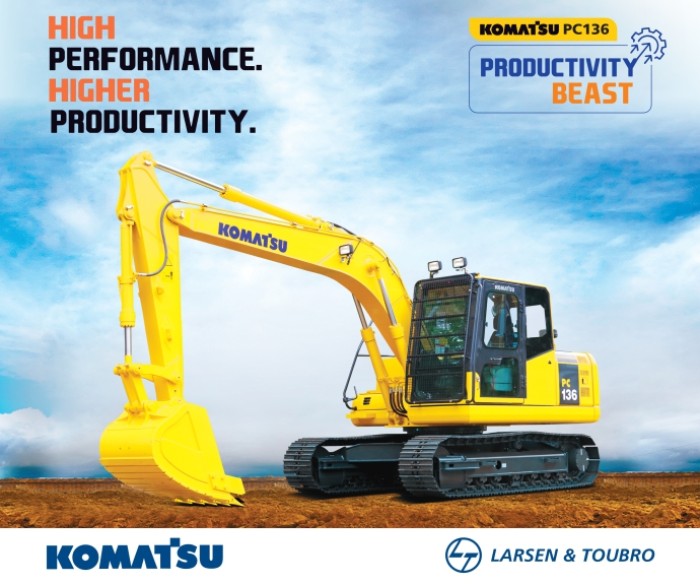JK Tyre partners with Vertelo to provide comprehensive Mobility Solutions for its EV Fleet
JK Tyre & Industries, a leading tyre manufacturer, has entered into a long-term partnership with Vertelo to provide its "Connected Mobility Solutions," a first-of-its-kind cloud-based monitoring system. Vertelo is a bespoke electric mobility solutions provider, designed to make fleet electrification an easy transition.
Through this partnership, JK Tyre will be providing the brand’s new generation EV tyres - 255/70R22.5 JUXe equipped with connected Treel sensors with real-time monitoring for Vertelo’s fleet. The mobility services will be provided at Vertelo depots nationwide, starting with Mumbai. JK Tyre will deploy a dedicated team of experienced professionals to provide round-the-clock support at the depot as well as enroute assistance.
Speaking about the partnership, Mr. Srinivasu Allaphan, Director-Sales & Marketing, JK Tyre & Industries said, “We at JK Tyre are glad to lead the charge in sustainable mobility solutions for India's growing electric vehicle market. With this partnership, JK Tyre continues to push the envelope in smart, sustainable mobility while cementing its position as the industry leader in India's commercial EV tyre segment.”
Mr Sanjeev Sharma, Associate Vice President, Fleet Management & Mobility Solutions, JK Tyre & Industries said, “This partnership with Vertelo is aimed at delivering tech-driven comprehensive mobility solutions, ensuring optimal tyre performance, enhancing fleet efficiency, and promoting sustainable transport systems. Together, we aim to redefine how electric fleets operate across India.”
Mr. Sandeep Gambhir, Chief Executive Officer, Vertelo expressed his excitement on the signing of this agreement and said that “At Vertelo, we’re helping to redefine transportation for a more sustainable India. Working across the e-mobility ecosystem, our mission is to transform transportation across India by helping to drive large-scale adoption of electric vehicles. and this association with JK Tyre furthers this objective. This association with JK Tyre will help us deliver best in class Tyre Maintenance Services to our customers through their tech enabled solutions that will go a long way in enhancing overall Electric Vehicles fleet efficiency and performance.”
JK Tyre offers cutting-edge mobility solutions and effectively manages the fleets of the leading brands in the country. The company’s new generation of EV tyres for commercial vehicles are designed to offer optimal performance and efficiency. Over the years, JK Tyre has been at the forefront of advancing innovation and excellence in the tyre industry with innovative products.
















Leave a comment